Researchers gain a better understanding of how plants recognize peptides that caterpillars produce while feeding
Plants have inherited certain receptors that can recognize pathogens and diseases, which then triggers immune responses. But understanding how plants evolved that ability has been limited. Now scientists at the University of Washington are exploring key evolutionary events that enabled plants to develop responses to common threats. The research focused on the caterpillar. Researchers knew […] Read moreTag Archives plant research
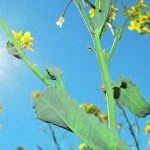
Plants find way to keep harmful solar rays at bay
Crops need sunlight for photosynthesis, but too much of a good thing can damage leaves and decrease their efficiency
Crops create food through the process of photosynthesis. But when leaves are exposed to full sunlight their green chlorophyll molecules can get more light energy than they may be able to handle. This can lead to damaged leaves costing the plant 10 to 30 percent of its ability to photosynthesize. However, plants have developed a […] Read more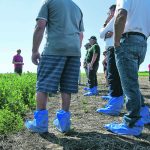
Sask. Pulse Growers find new research partner
Partnership with Limagrain Field Seeds is expected to work on herbicide tolerance, disease, protein content and yields
A new future is possible for pulse breeding in Saskatchewan, industry officials say. Saskatchewan Pulse Growers and Limagrain Field Seeds last week announced a collaboration to develop better performing varieties of peas and lentils. The major areas of focus include herbicide tolerance levels in lentils, resistance to root disease in peas and lentils, increased protein […] Read more
Crop scientists uncover wheat’s genetic secrets
Researchers turn detective as they hunt down genetic answers in attempt to increase yields and protein levels
Scientists continue to pry apart the complex genetic code of wheat, looking for secrets to boost the crop’s yield and protein. Two just-published academic papers reveal the sleuthing crop scientists have employed to discover how rare genes that affect the wheat plant’s kernel-producing spikelets can improve results. One of the challenges of understanding wheat genetics […] Read more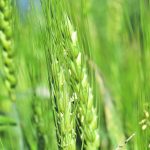
Chemical defence compounds found in wheat
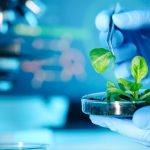
Scientists find gene that controls plants’ self-fertilization
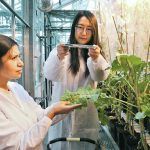
Research project puts plants under surveillance
Scientists work to develop an innovative greenhouse imaging and computing infrastructure for agricultural breeders
The University of Saskatchewan is preparing to launch a different kind of reality TV show. Researchers at the university will use a platform called Green SkEye to record a variety of characteristics while plants are growing. “Imagine cameras above growth benches in the greenhouse that are continuously taking pictures of the plants and identifying each […] Read more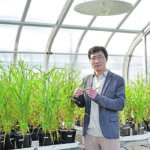
New discovery could help increase barley yields
Researchers found removing a protein converted an unbranched barley spike into a branched spike bearing more flowers
Australian scientists have identified a mechanism in barley that could help growers improve yields, even as global temperatures are projected to rise. At the University of Adelaide’s Waite Research Institute, researchers collaborated with the Shanghai Jiao Tong University’s Joint Lab for Plant Science and Breeding to find ways to increase seed production in plants that […] Read more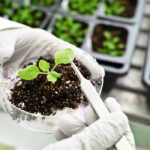
Research synthesizes plant hormones

Researcher gets into plants’ heads
U of A scientist tries understanding what makes plants tick in an effort to make them natural weed killers
An Alberta researcher wants to figure out if farmers can tap into the fighting abilities of their crops and use that to benefit the farm. The benefits could mean higher yields, fewer inputs and fewer weeds, according to JC Cahill, a biological sciences professor with the University of Alberta. Cahill discussed this idea during the […] Read more



